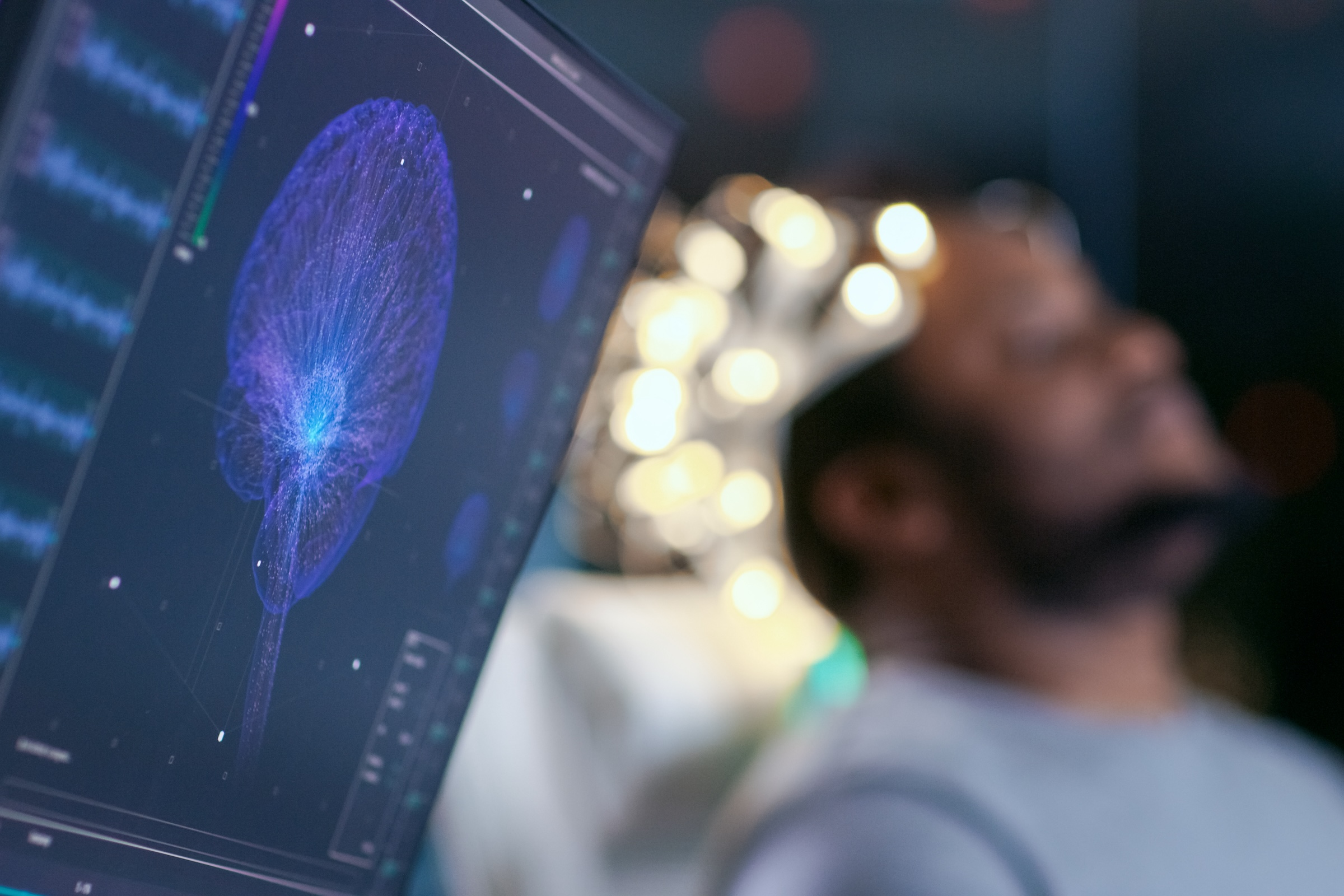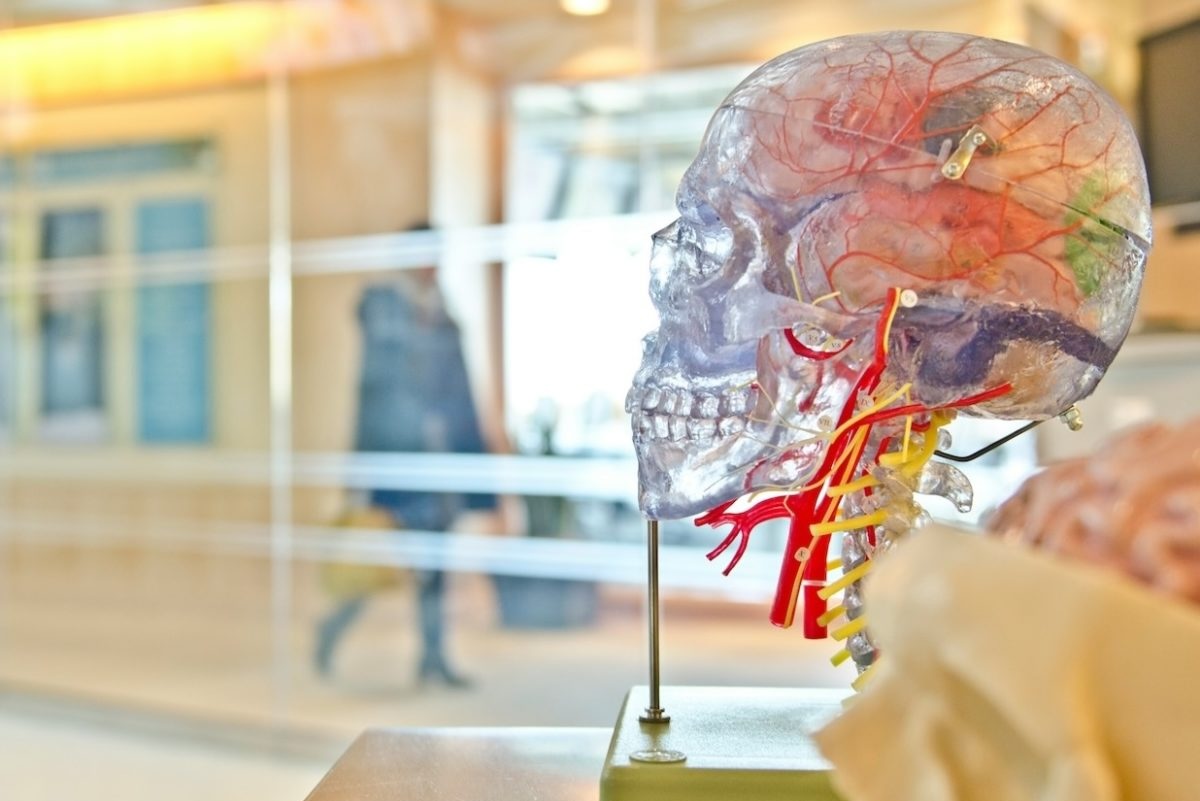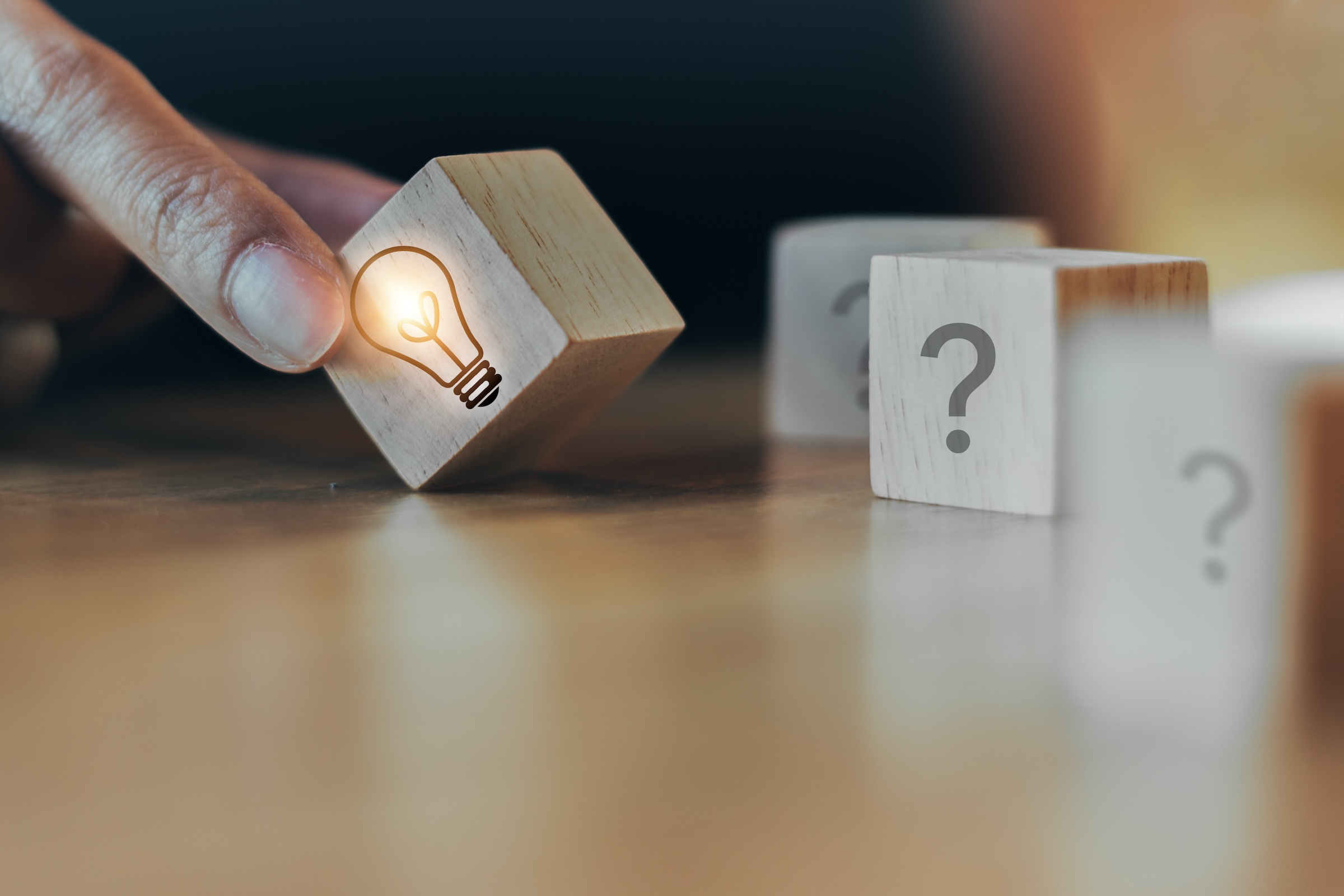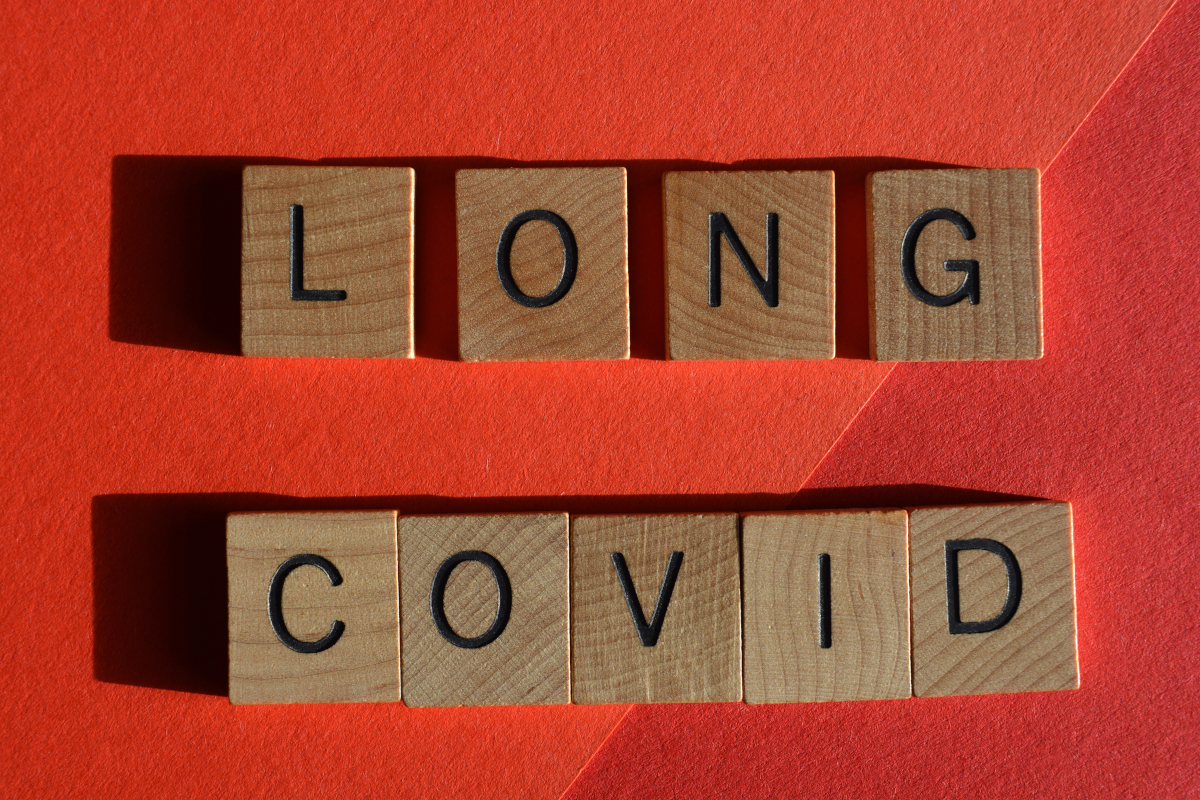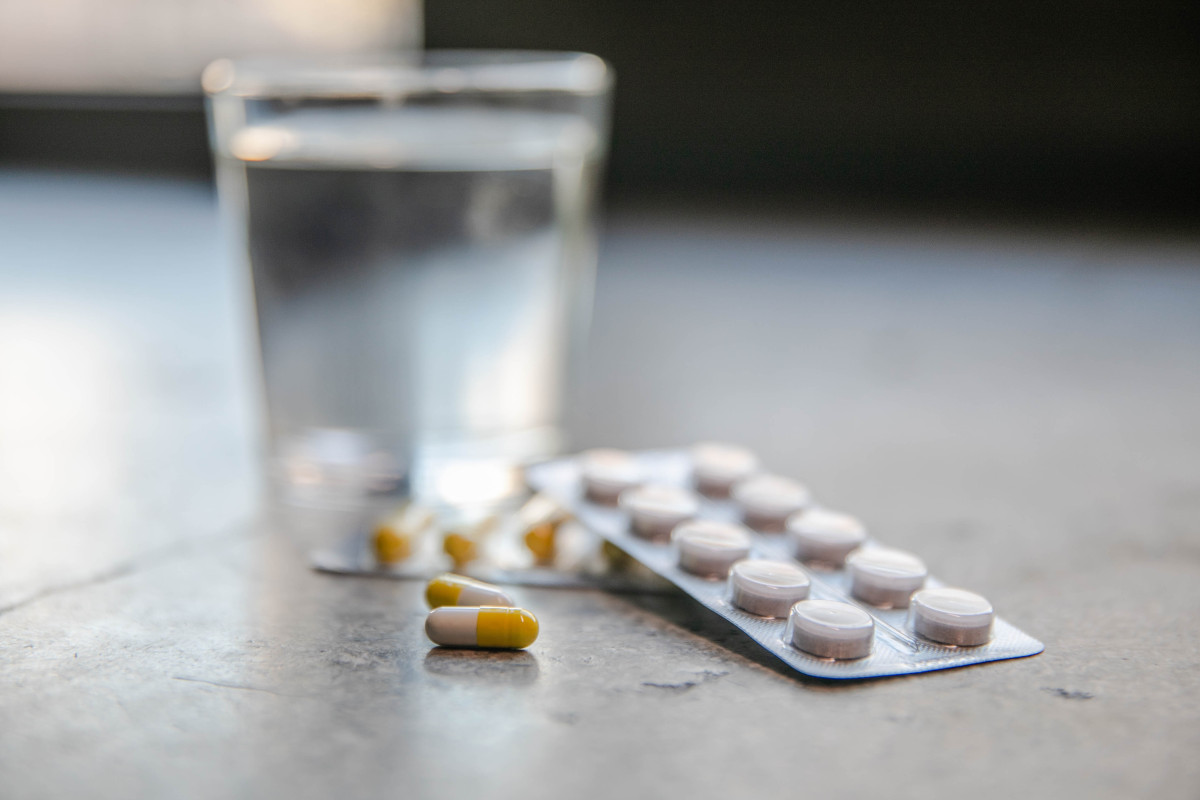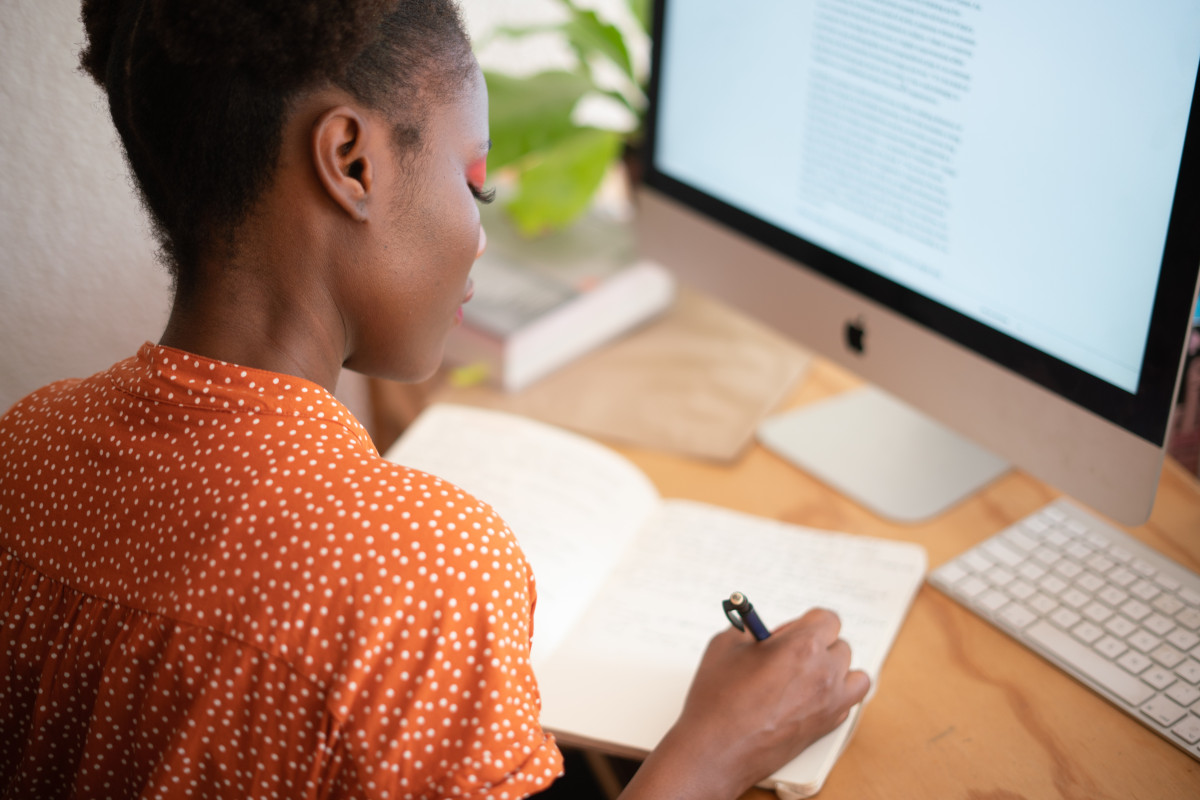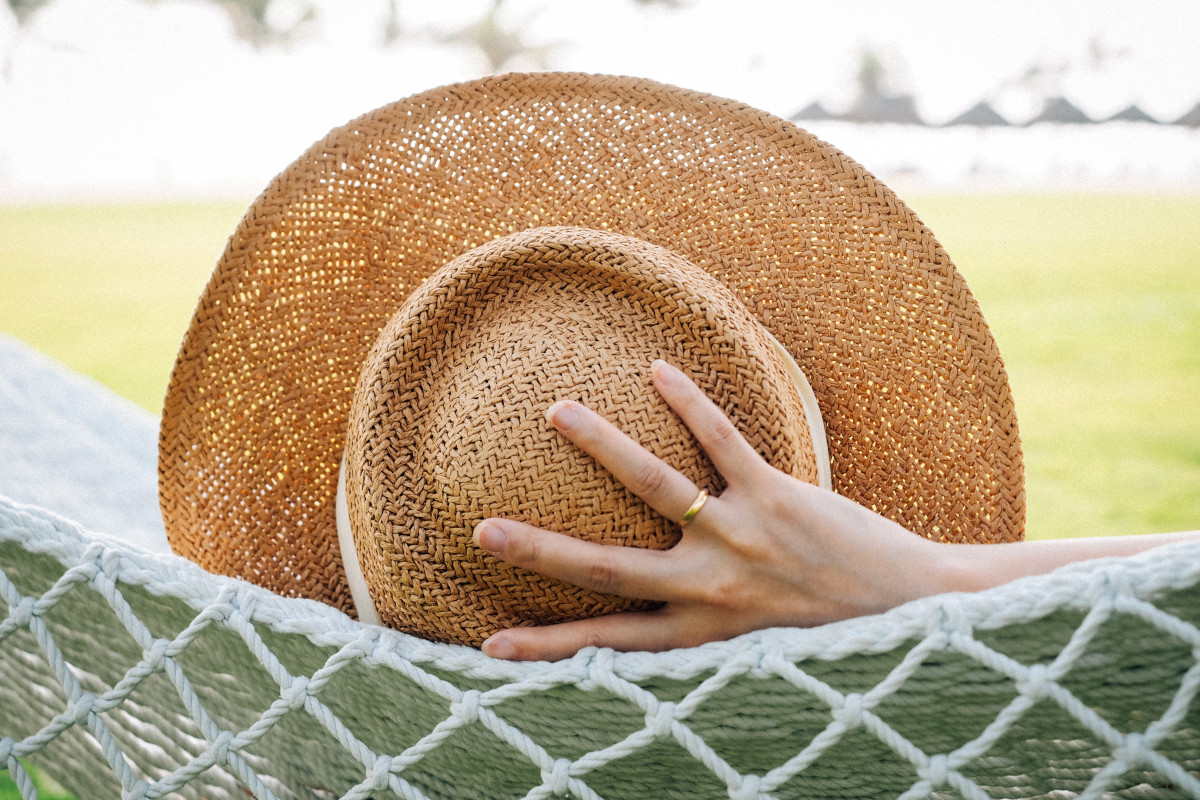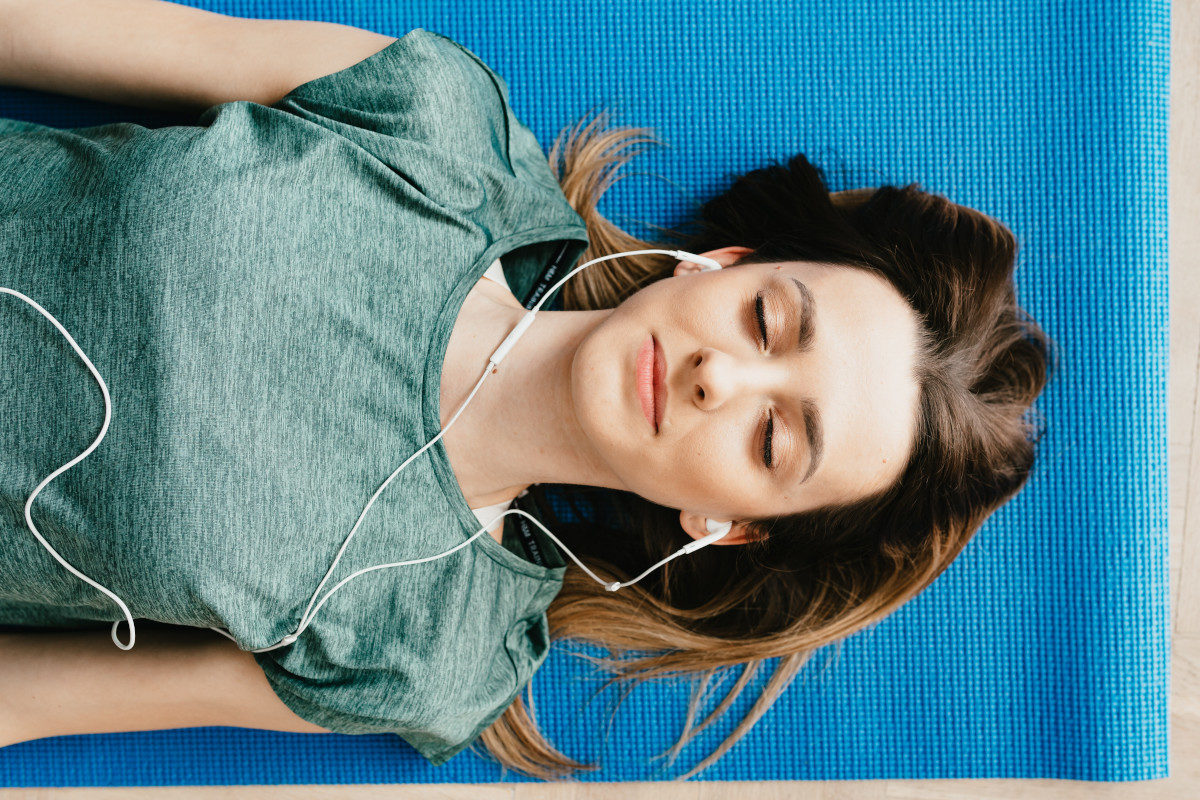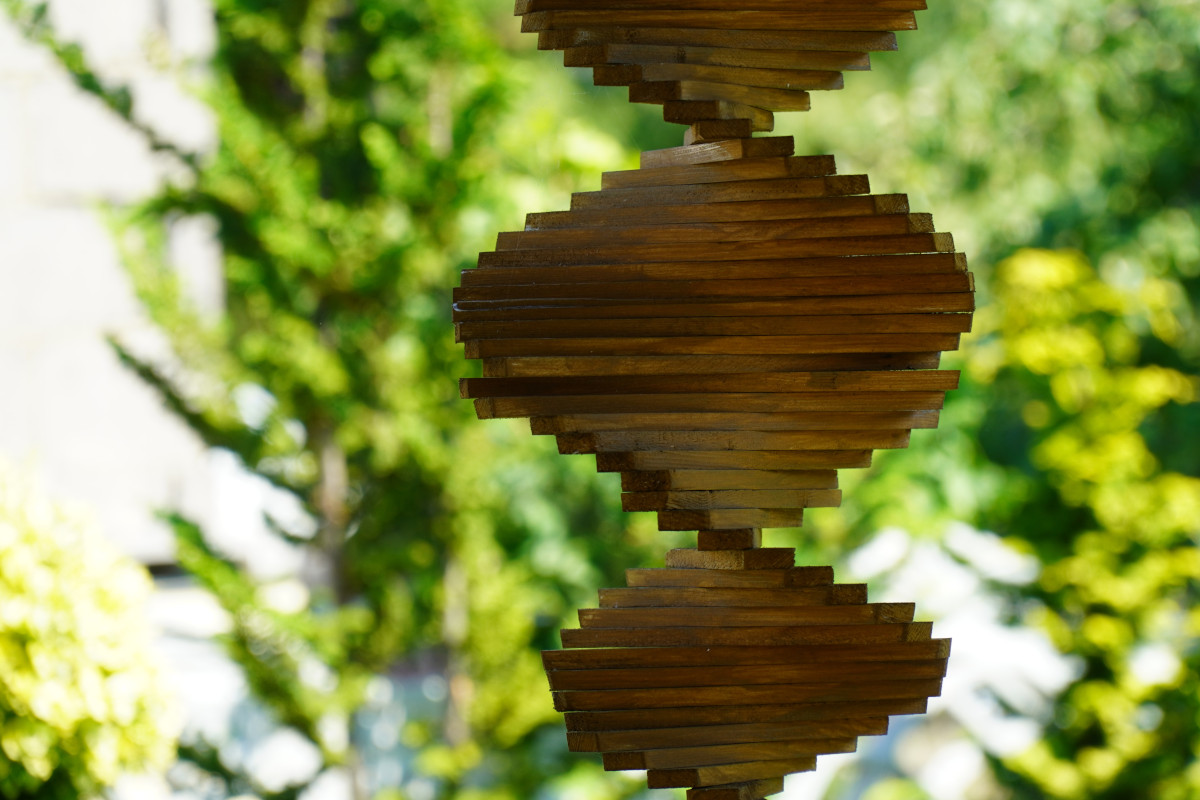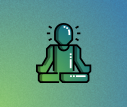Anything but the same: pain perception for men and women
We all know about pain. It is a tool which informs us about the state of our body. For a long time, it was thought that men and women are about the same when it comes to perceiving pain. New research is casting doubt on this picture. More and more differences are coming to light. What do we know about this and what are the possible reasons?
-
References
Bonica JJ. The need of a taxonomy. Pain 1979; 6 (3): 247–248
Dawes JM, Bennett DL. Addressing the gender pain gap. Neuron. 2021 Sep 1;109(17):2641-2642. doi: 10.1016/j.neuron.2021.08.006. PMID: 34473950.
Keogh E, Sex and gender differences in pain: a selective review of biological and psychosocial factors, The Journal of Men's Health & Gender, Volume 3, Issue 3, 2006, Pages 236-243, ISSN 1571-8913, https://doi.org/10.1016/j.jmhg.2006.03.006.
Neumeier MS, Pohl H, Sandor PS, Gut H, Merki-Feld GS, Andrée C. Dealing with Headache: Sex Differences in the Burden of Migraine- and Tension-Type Headache. Brain Sci. 2021 Oct 5;11(10):1323. doi: 10.3390/brainsci11101323. PMID: 34679388; PMCID: PMC8534023.
Pieretti S, Di Giannuario A, Di Giovannandrea R, Marzoli F, Piccaro G, Minosi P, Aloisi AM. Gender differences in pain and its relief. Ann Ist Super Sanita. 2016 Apr-Jun;52(2):184-9. doi: 10.4415/ANN_16_02_09. PMID: 27364392.
Racine M, Solé E, Sánchez-Rodríguez E, Tomé-Pires C, Roy R, Jensen MP, Miró J, Moulin DE, Cane D. An Evaluation of Sex Differences in Patients With Chronic Pain Undergoing an Interdisciplinary Pain Treatment Program. Pain Pract. 2020 Jan;20(1):62-74. doi: 10.1111/papr.12827. Epub 2019 Aug 28. PMID: 31376331.
Racine M, Tousignant-Laflamme Y, Kloda LA, Dion D, Dupuis G, Choinière M. A systematic literature review of 10 years of research on sex/gender and experimental pain perception - part 1: are there really differences between women and men? Pain. 2012 Mar;153(3):602-618. doi: 10.1016/j.pain.2011.11.025. Epub 2011 Dec 20. PMID: 22192712.
Templeton KJ. Sex and Gender Issues in Pain Management. J Bone Joint Surg Am. 2020 May 20;102 Suppl 1:32-35. doi: 10.2106/JBJS.20.00237. PMID: 32251123.

